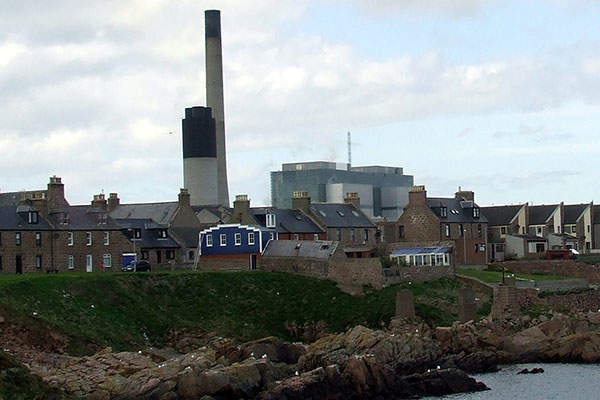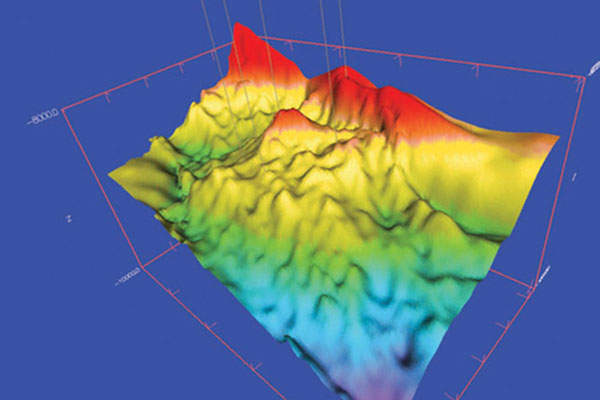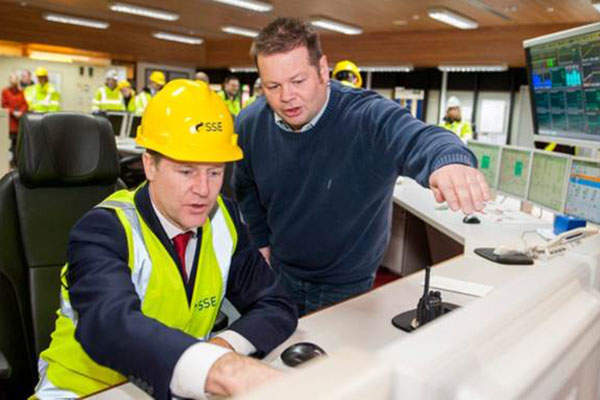The Peterhead power station, located in Aberdeenshire on the north-east coast of Scotland, will be the world’s first gas-fired power station to host a full-chain carbon capture and storage (CCS) project on a commercial scale.
It will be developed by the global oil and gas company Royal Dutch Shell, in strategic partnership with the power station owner Scottish and Southern Energy (SSE), and is currently undergoing the front-end engineering and design (FEED) study, which is funded by the UK Government.
The planning application was submitted in March 2015 and approved in June the same year. The final investment decision by Shell and the UK Government is expected by 2017. The project is scheduled to be operational by the end of 2020 and will power approximately half a million homes with clean electricity. It will capture approximately one million tonnes of carbon dioxide (CO₂) a year from the power station’s flue gas, then transport and permanently store it in a depleted gas reservoir under the North Sea.
UK Government support for the project
The Peterhead CCS is one of two projects being funded under the UK Government’s £1bn CCS commercialisation competition programme initiated by the Department of Energy and Climate Change (DECC) in April 2012.
The other is the White Rose CCS project (planned at the Drax coal-fired power station). Both were announced as the preferred bidders in March 2013. The funding for the FEED studies of White Rose and Peterhead was awarded in December 2013 and February 2014, respectively.
The government’s support is part of its commitment to significantly decarbonise the country’s fossil fuel power generation by 2050.
A post-combustion carbon capture facility
A post-combustion carbon capture facility will be retrofitted to one of the three existing 385MW combined-cycle gas turbines of the Peterhead power station. The flue gas from the turbine will be diverted to an absorber where approximately 90% of CO₂ will be extracted using amine capture technology.
The captured CO₂ will be treated, dried and compressed at the power station site and piped for long-term storage at Shell’s depleted Goldeneye gas reservoir, which is located 100km offshore in the North Sea. A short, new pipeline connecting an existing subsea pipeline will be installed for transporting the CO₂.
Located 2.5km beneath the seabed, the Goldeneye gas reservoir is composed of high-quality porous rock underlying a layer of impermeable rock and considered safe for CO₂ storage.
In July 2012, the Crown Estate signed the lease agreement for using an area at the depleted offshore field for CO₂ storage. This was the UK’s first licence for the permanent geological storage of CO₂ under the seabed.
The Peterhead CCS project will capture approximately ten million tonnes of CO₂ during the ten-year demonstration phase and the under-seabed CO₂ store will be monitored throughout its life.
SSE’s responsibility will be to modify the power station to support the carbon capture operation, while Shell will develop other technical components fo the project, including the capture and compression facilities at the power station sit, as well as the transport and offshore storage facilities.
Contractors involved with the Peterhead CCS project
In March 2014, Technip was awarded the FEED contract by Shell for the onshore aspects of the CCS project, including the carbon capture and compression plant and modifications to an existing combined-cycle gas turbine at the power station. Technip also executed the pre-FEED study for the project from its operating centre in Milton Keynes, UK, in 2012.
Wood Group secured the FEED contract for the subsea and pipeline element of the Peterhead CCS project in October 2014.
Mott MacDonald was contracted by Shell to deliver project management services during the FEED phase of the Peterhead CCS project, in May 2015.
Details of the existing power station
Operating since 1980, the Peterhead power station was originally designed for oil-fired operation and refitted for gas firing in 1982. The power station started a combined-cycle operation in 2000 with the installation of three new V94.3A gas turbines and heat recovery steam generators by Siemens.
BP proposed a pre-combustion carbon capture project at the power station in 2005, but pulled out of the plan in May 2007 due to a delay in government approval and concerns over the long-term storage capacity of the Miller field.
Fully owned and operated by SSE, the combined-cycle gas-fired power station has an installed capacity of 1,840MW, but its available generating capacity has been slashed down to 400MW with effect from March, due to high transmission access charges in northern Scotland.
In March 2010, the power station’s 660MW unit-2 was closed for similar reasons, reducing the transmission capacity from 1,840MW to 1,180MW.
A £15m refit programme was announced in December 2013 to modify the steam turbines, control systems and ancillary plant connected with unit 1, with the aim of improving the flexibility and operating life of the power station.







